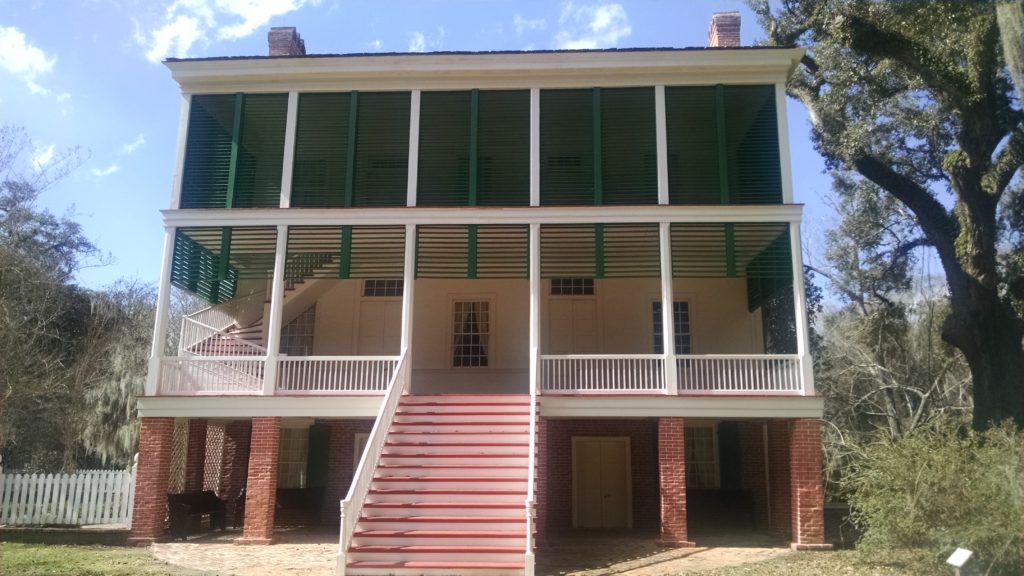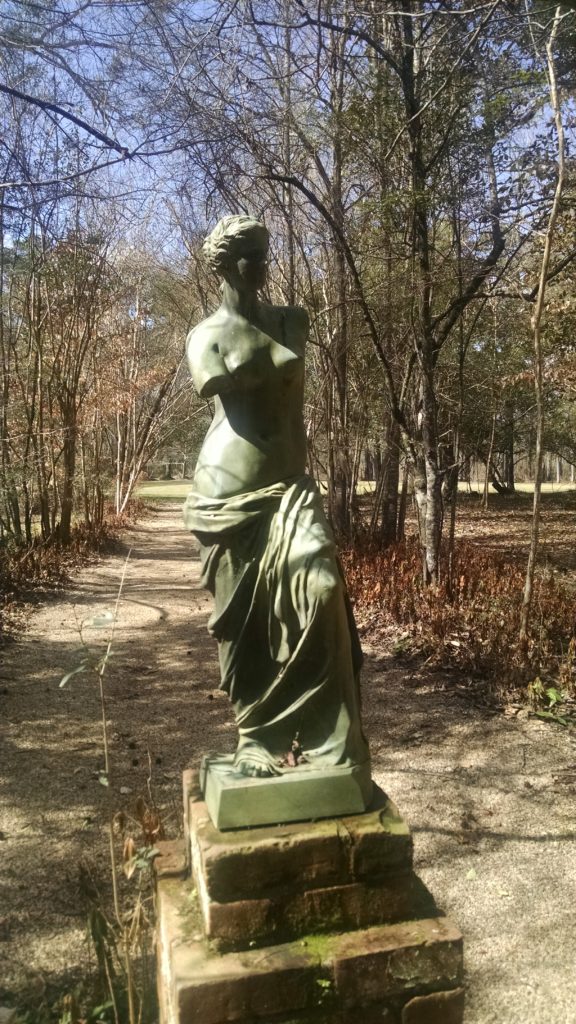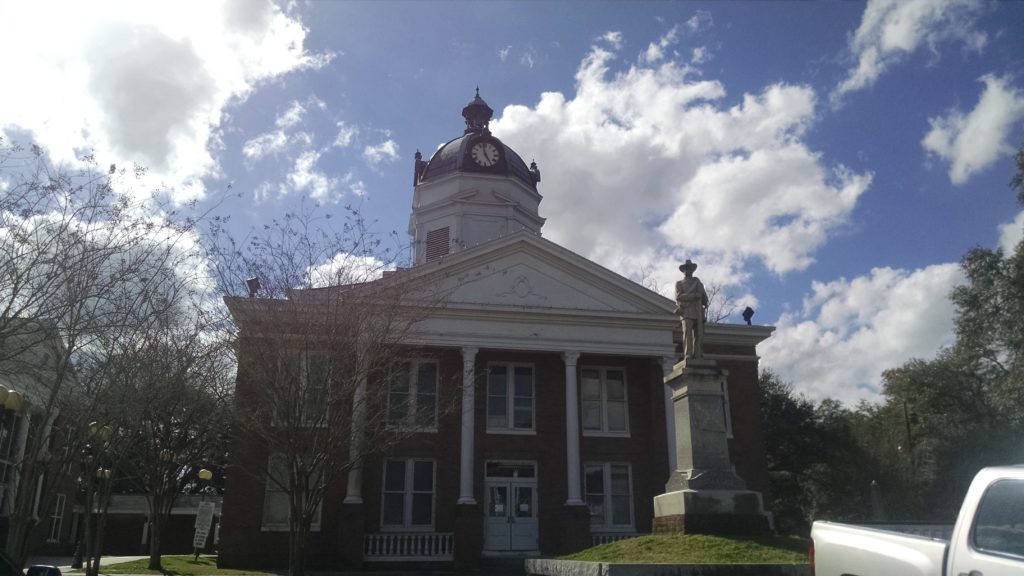I woke up alive and well in Jackson and found a post it note from my hosts on the door telling me that breakfast was available in the kitchen. I joined a couple eating breakfast there for a chatty meal. As it turns out, the site is an old plantation, and the owners are trying to re-purpose the various buildings for film-making and hospitality. I took a walk along the grounds, but I was eager to start my day, so I headed into town to discover that the Feliciana Winery, which was prominently located in a Spanish mission style building, was closed permently. That was a disappointment, both for me, and seemingly for the town. So was the Fort Jackson Civil War battle site, which was the other attraction I planned to visit during my stay. So I moved on from Jackson having exhausted its offerings.

I headed back towards St. Francisville, and along the way, stopped at Oakley Plantation, a National Park Service site that commemorates the work of John James Audubon. Early in his career, Audubon had been lured up to this part of Louisiana to teach painting for the astronomical sum of $60/month for four hours of tutoring each day, which left him considerable free time to hunt birds so that he could reconstruct and paint their images on canvas. His job there did not last long, as he and the plantation mistress fell out over his wages, so he moved back to New Orleans. In those four months, he produced 32 iconic bird paintings and later came back and forth to the area to continue his efforts to document American birds. The site focuses on Audubon and his work, but the tour also offers a look into the 19th century plantation world. Feliciana Parish was Spanish country, not French, and Oakley was built by loyalists to the British crown in 1799 who moved there after the Americans won independence from the crown. It was a pleasant day, and I enjoyed a stroll along the estate before heading into town. I began to wonder if, when New Orleans folk refer to visiting plantations up country, they are not talking specifically about one plantation, but making a general reference to all of the rest of Louisiana. Clearly, plantations offered opportunities for gathering and preserving things, and I wondered if they would form the central element of my visit to the state.

St. Francisville is known for its charming town center, which I had not been able to see the previous evening. I wanted lunch, so I parked along the main square and walked around the perimeter in the sun. Before I could eat, I wandered into a beautiful old bank building that now houses Grandmother’s Buttons, a jewelry and novelty shop that is a mainstay in the town. I browsed the collection of jewelry made from old buttons and other found items, and thought about purchasing a number of beautiful and expensive things. The building was also stunning, but the shopkeeper admitted that it is also haunted and she usually enlists some of her children to stay with her when she has to be alone in the building. Apparently, the ghost had left Valentines flowers on the stairs the day before. Since this is a better gift than I have received from any of the beaux who have ghosted me, it did not sound that alarming.

I was delighted that something beautiful was thriving in this small town. I found nothing to eat on the square, so I headed to the Magnolia Cafe for a delicious lunch.

From there, I headed to Alexandria, home to The Divine Secrets of the Ya-Ya Sisterhood, which was the book I was listening to on tape. (All this time later, I’m not sure I finished it.) I arrived in late afternoon and drove through the town, but things were closing for the day and I did not intend to stay long enough to take in any of the live entertainment. I moved along to my home for the night, the Chateau St. Denis in Natchitoches and settled in for the night, which seemed like a luxury after the night before.
